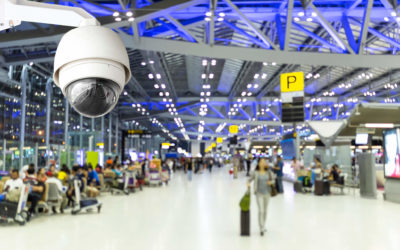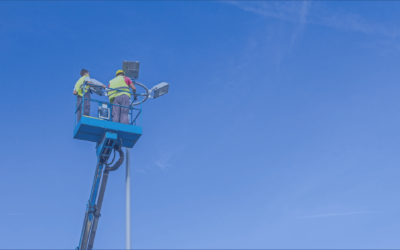Why Let Device Constraints Constrain Your Business Potential?
19
October 2020
by Eliav Gnessin
Solving with Firmware Innovation
Embedded computing devices deployed within the Internet of Things (IoT) have, for years, been challenged with the ability to compute given minimal resources.
Constraints include memory and processing capabilities and the low-power radio standards utilized as network interfaces.
Product companies and Solution providers need inexpensive computing devices at scale – not just a few dozen, but tens of thousands and even hundreds of thousands that are small, affordable, and reliable, especially for distributed implementations (for example, an entire smart city using controlled LED lighting).
The ability to network embedded devices opens up endless opportunities to develop new applications in homes, buildings, and public spaces. The value of the IoT is found in new computing services that integrate existing software services already available via the Internet with the control and data gathering capabilities of embedded devices.
Technology improvements following Moore’s law (the value of the network is based on the number of endpoints on the network) are making embedded devices more economical, smaller and more energy-efficient but not necessarily more powerful. Mass adoption equals mass production, which has contributed greatly to the growth of the IoT and Industrial IoT.
The challenge today, however, are expectations for edge devices to do a lot more work than they have previously done, and that takes more CPU power, memory, and storage capacity.
The rapid advancement and roll out of 5G wireless IoT services are exacerbating the challenge while also opening up new innovation opportunities – the networks will be amazing, but what about the edge? How do we create devices that are both powerful and resource-efficient, rugged, and affordable?
Embedded devices used in the IoT need to possess computational capabilities for the task they must perform, security, and networking abilities allowing integration with the Internet. To minimize product costs, IoT devices are to be equipped with low-power, constrained resources, combined with a production-grade, low-footprint IoT client that allows utilizing the full capabilities of the chipset.
Similar Blogs
The Future of IoT Cybersecurity: More Things, More Bandwidth, More Innovation Is Driving Investment in Securing Everything
The best IoT systems comprehensively coordinate anywhere from few to hundreds, thousands and even hundreds of thousands of devices, sending data between their sensors and connected data centers or clouds.
Smart City Benefits are Clear, But Field Service Is Fundamental To Sustainability
Smart city technology is proving to help cities around the world operate more efficiently while improving services to citizens and businesses. Smart cities leverage information and communication technologies to enhance safety, the environment, services to citizens, economic development, and more.
Lighting The Way: Smart City LED Connected Systems and Connected Field Service
One of the foundational elements for many cities implementing smart city initiatives is the incorporation of connected streetlights. These fixtures are equipped with LED lights which are designed to communicate through a centralized network, allowing cities to monitor the individual characteristics (luminosity, color, energy usage, activation during public events, and more) of each lamp, leading to major energy costs savings as well as more secure streets.



